Personality and Temperament
Despite its wild appearance, the Ocicat is one hundred percent domestic, so it’s ideal for those who long for a cat with exotic looks and a tame, friendly personality. Named for its remarkable resemblance to the ocelot, the Ocicat has a short coat that’s easy to care for, and its temperament is so gregarious that it’s often referred to as a dog in a cat’s body.
The Ocicat gets its cheerful, outgoing personality from the breeds that formed its foundation, namely Siamese and Abyssinian. This fantastic cat is capable of walking on a leash, playing fetch, and learning tricks and commands that are typically associated with dogs rather than cats.
This fun-loving cat seeks good times above all other things and will happily follow its people wherever they go. Nowhere is off limits: Many Ocicats love water and enjoy following their human friends at shower or bath time, poking curious paws into the water to make sure that everything is as it should be! Ocicat owners with koi ponds and aquariums must often go to great lengths to cat-proof or risk having their finned friends become targets for fishing.
Like Orientals and other breeds descended from Siamese, Ocicats long for human attention and can become despondent if they are ignored or neglected. Families who must spend lots of time away at work and school find that their Ocicats tend to regain their cheerful nature when they have another pet to play with. These cats typically get along well with other friendly felines and they’re equally capable of forming lifelong bonds with well-behaved dogs.
Ocicats have a reputation for greeting visitors and getting on well with entire families. At the same time, they have a tendency to choose a favorite person.
Similar to other breeds with Siamese heritage, Ocicats can be quite vocal. They love to chat back and forth with their favorite people and the more you talk to them, the more they’ll “talk” back to you!
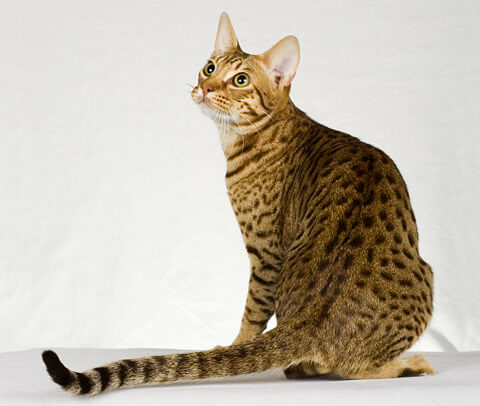
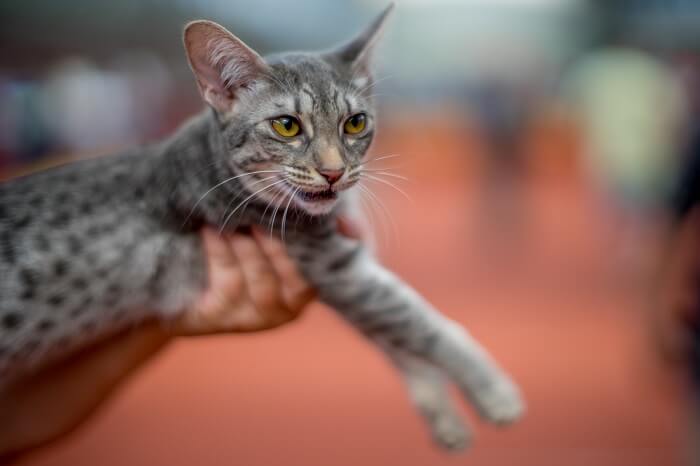
Care
Nutrition
Grooming
Exercise
Health
Ocicats don’t have any special nutritional needs but they do require high-protein, high-quality diets that focus on real meat and fish.
Sleek, short hair makes the Ocicat easy to care for. A once-weekly brushing should be enough to remove any loose hairs and help prevent excess shedding.
Consider brushing your cat’s teeth and think about clipping their claws regularly to prevent damage to your furniture.
Ocicats are extremely athletic, and they have no trouble zooming around the house, jumping onto the highest possible vantage points, and climbing whatever they can.
Ocicats typically enjoy good health, however they do have the potential to develop some known health issues including progressive retinal atrophy, renal amyloidosis, and hypertrophic cardiomyopathy. While these aren’t common concerns, they’re worth watching for.
History
The Ocicat was originally created as a hybrid, when a Michigan cat breeder named Virginia Daly used an Abyssinian and a Siamese in an attempt to produce Abyssinian-pointed Siamese. Among the offspring in matings between second generation cats with Abyssinian points was a spotted kitten named Tonga.
Tonga was neutered and enjoyed life as a pet but breeders who were attempting to produce more Abyssinian-pointed Siamese cats took note of the beautiful spotted offspring that often occurred, and interest steadily increased until separate breeding programs were formed using the formula Siamese to Abyssinian, then by breeding offspring of the first pairing to Siamese. The first “official” Ocicat was named Dalai Dotson, and was registered with The Cat Fanciers Association (CFA) in 1966.
Subsequent generations were the result of breedings between Abyssinians, Siamese, and American Shorthair: CFA made an error when recording breed information, originally noting that Ocicats were produced with Abyssinian and American Shorthair parents. When they sought to correct the error and add “Siamese,” they didn’t remove American Shorthair. The inclusion of American Shorthairs in the foundation ultimately led to larger size and added silver to the list of previously existing colors.
CFA granted the Ocicat provisional status in 1986. In 1987, both CFA and TICA granted Ocicats championship status. Today, many cat breed registries recognize the Ocicat.
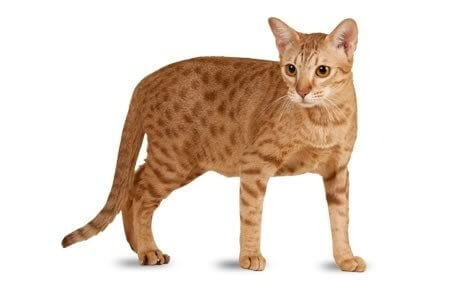
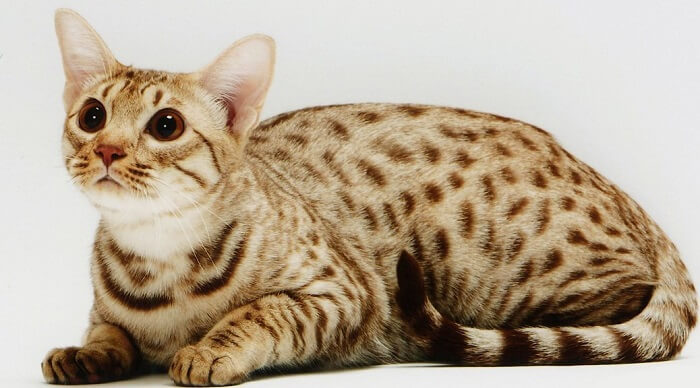
Eyes
Legs & Paws
Tail
The Breed Standard
Body
Head
Ears
Coat
Color
FAQ
How much does a Ocicat cat cost?
Ocicat cats cost between $800-$1,200.
How big do Ocicat cats get?
Ocicat cats tend to be medium in size. A fully grown Ocicat cat might weigh between 6-15 pounds or more and range in height anywhere from about 9"- 11" inches tall.
How long do Ocicat cats live?
The Average lifespan for Ocicat is 12-18 years.
Do Ocicat cats shed?
Ocicat are short-haired cats. Therefore, they do not shed as much as long-haired cat breeds.
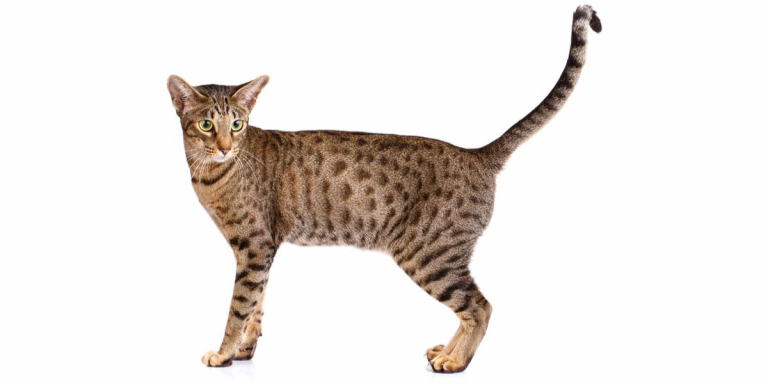
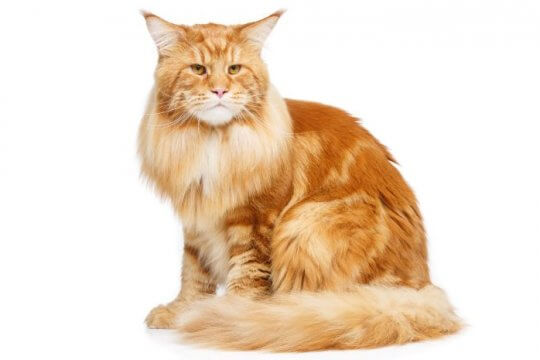



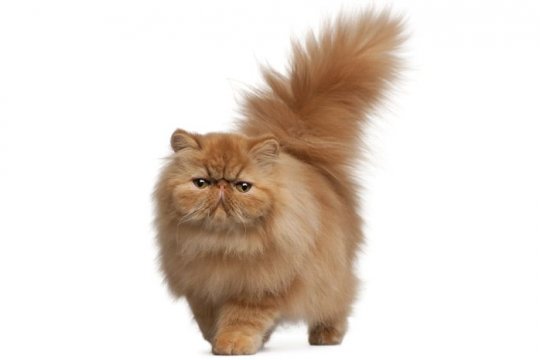
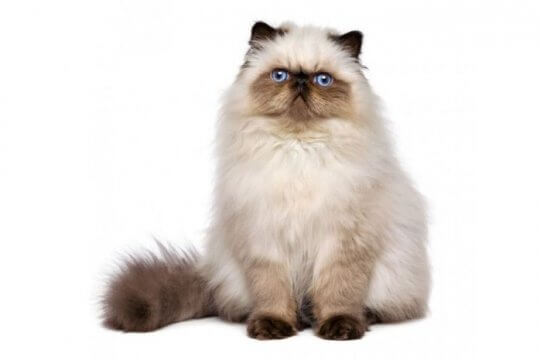
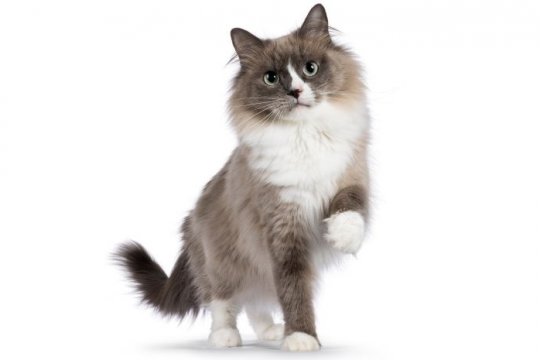

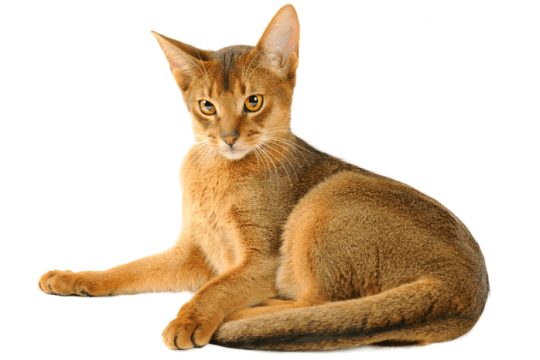
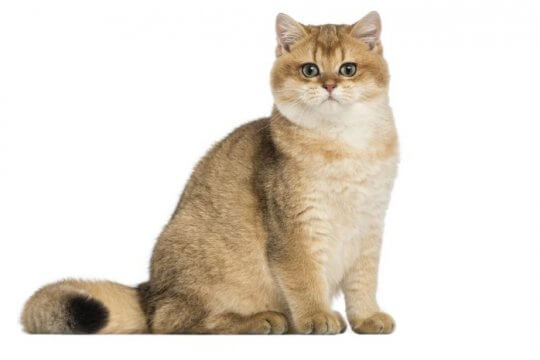
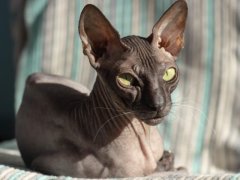
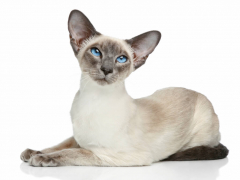
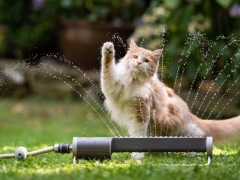

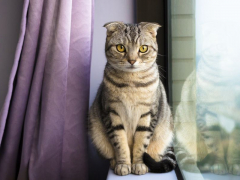
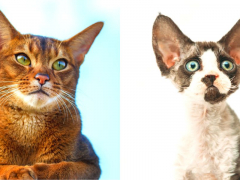
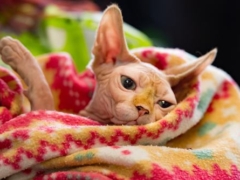
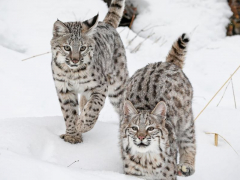
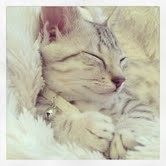


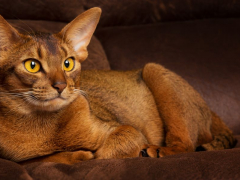
I have an ocicat with a stump tail. Does this still qualify as an ocicat?
If your cat is a pedigreed Ocicat, they are still one if they have a short tail, but they won’t meet the breed standard, so you probably won’t get very far if you want to show them.
How can i tell if our Ocicats meet breed standards. We got 2 brothers from the pound. I kept saying they looked like ocelots which led to our discovering the breed. My wife says they are tabby, ocicats and i say ocicats. I want to win. Any tips ?
There’s no way to officially determine that a cat is any breed unless you have paperwork from their breeder, unfortunately. You can make a visual assessment of whether or not your cat meets the breed standard, but unless you can get official documentation, there’s no way of “proving” that it’s the case.
Are there Bi-Color Red/White Ocicats?
Kind of! The “white” will be more of a silver background. You can see examples here.